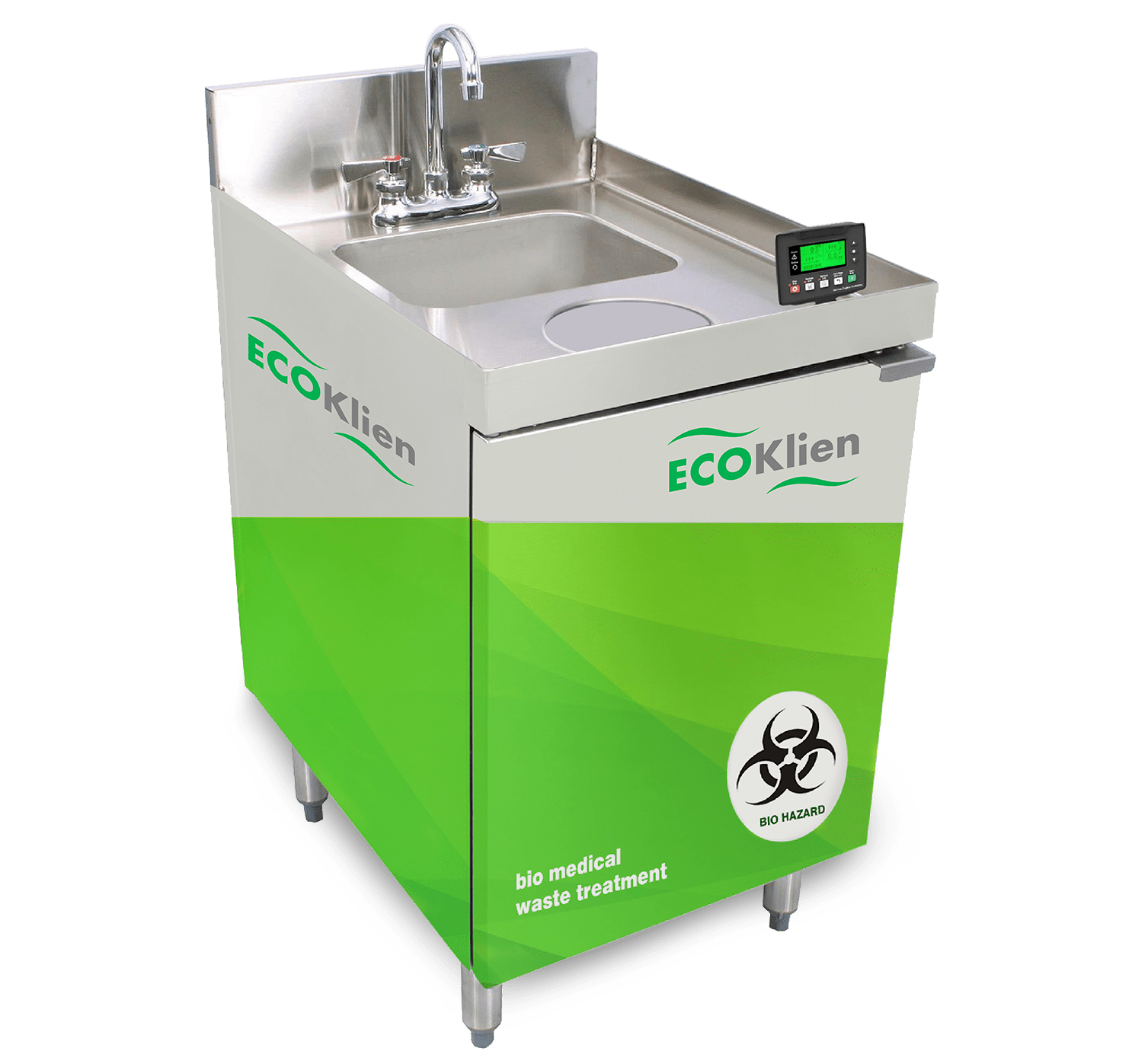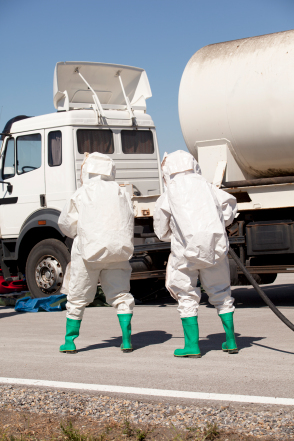Dependable Liquid Waste Disposal Melbourne: Safe and Efficient Services
Dependable Liquid Waste Disposal Melbourne: Safe and Efficient Services
Blog Article
How Liquid Waste Disposal Works: A Thorough Summary of Techniques and Technologies Employed

Review of Liquid Waste Types
The complexity of liquid waste types requires a thorough understanding of their qualities and effects for disposal. Liquid waste can extensively be classified right into several kinds, including commercial, community, farming, and contaminated materials. Each group shows distinct buildings, calling for details monitoring methods to alleviate environmental and health threats.
Industrial fluid waste stems from manufacturing processes and commonly consists of a series of contaminants, such as hefty steels, solvents, and natural substances. Metropolitan liquid waste, mostly making up wastewater from families and industrial establishments, consists of natural matter, nutrients, and microorganisms (industrial wastewater treatment). Agricultural fluid waste, consisting of overflow from ranches, may contain fertilizers, pesticides, and pet waste, posing threats to water top quality and communities
Unsafe liquid waste is defined by its toxicity, reactivity, or prospective to cause damage. Understanding these diverse liquid waste kinds is essential for establishing efficient disposal methods and making sure compliance with ecological regulations.
Physical Treatment Methods

Screening is the preliminary action, where bigger particles and particles are eliminated from the liquid waste utilizing displays or grates. In sedimentation storage tanks, heavier fragments clear up at the base, creating a sludge layer, while the cleared up liquid can be additional treated.
Filtration is an additional crucial technique that includes passing the liquid through permeable products, such as sand or membranes, to record smaller sized bits. This action improves the top quality of the fluid, making it appropriate for succeeding therapy processes.

Chemical Treatment Strategies
Chemical therapy strategies are necessary for successfully handling liquid waste, particularly in addressing dissolved and colloidal impurities that physical approaches might not sufficiently eliminate. These methods use various chemical agents to neutralize, precipitate, or change unsafe materials into less harmful forms.
One typical technique is coagulation and flocculation, where chemicals such as alum or ferric chloride are added to promote the aggregation of put on hold particles. This process improves sedimentation, enabling for less complicated elimination of the resulting sludge. In addition, oxidation procedures, utilizing agents like chlorine or ozone, are used to break down complicated organic substances and pathogens, rendering the waste safer for discharge or additional therapy.
Neutralization is an additional important technique, which changes the pH of acidic or alkaline waste streams to neutral levels, preventing possible injury to downstream systems and the setting. Additionally, advanced oxidation processes (AOPs) use mixes of oxidants and ultraviolet light to break down relentless toxins, achieving a higher degree of treatment effectiveness.
Biological Treatment Procedures
Biological treatment processes play an essential duty in the management of liquid waste by making use of microorganisms to disintegrate raw material and lower pollutant degrees. These procedures can be broadly categorized into Click This Link aerobic and anaerobic therapies, each employing certain microbial communities to achieve reliable waste degradation.
Cardiovascular treatment includes the usage of oxygen to facilitate the breakdown of natural materials by germs. This process is generally applied in activated sludge systems, where oygenation containers give a favorable atmosphere for microbial growth, resulting in the oxidation of organic contaminants. The resultant biomass can be divided from dealt with effluent with sedimentation.
On the other hand, anaerobic therapy happens in the lack of oxygen, counting on various microorganisms to damage down raw material. This approach is particularly useful for high-strength waste, as it produces biogas, a renewable resource source, while reducing sludge production. Technologies such as anaerobic digesters are regularly used in metropolitan and commercial applications.
Both cardio and anaerobic biological therapies not just minimize the environmental effect of fluid waste however also facilitate source recuperation, making them crucial components of lasting waste management approaches. Their performance, adaptability, and performance support their prevalent application across various sectors.
Arising Technologies in Disposal
Innovative techniques to liquid garbage disposal are rapidly developing, driven by improvements in innovation and an increasing emphasis on sustainability. Amongst these emerging innovations, membrane layer bioreactors (MBRs) have acquired traction for their ability to combine biological therapy with membrane layer filtering, leading to top quality effluent that can be reused in various applications. MBRs allow smaller footprints and a lot more efficient operations compared to typical systems.
An additional appealing site link advancement is using anaerobic food digestion integrated with nutrient recovery innovations, which not only treats liquid waste however likewise produces biogas and recovers useful nutrients like nitrogen and phosphorus. This double benefit enhances source effectiveness and minimizes ecological impact.
In addition, progressed oxidation processes (AOPs) are being taken on for the deterioration of intricate organic toxins. These techniques use effective oxidants and stimulants to damage down impurities at the molecular degree, supplying a very efficient solution for challenging waste streams.
Moreover, the integration of expert system and machine learning in waste monitoring systems is optimizing functional effectiveness and anticipating maintenance, resulting in reduced expenses and improved ecological compliance. These modern technologies mirror a significant shift in the direction of more reliable and sustainable liquid garbage disposal techniques.
Final Thought
In verdict, reliable fluid waste disposal necessitates a comprehensive understanding of numerous methods and modern technologies. By continually advancing these methodologies, it comes to be possible to resolve the expanding obstacles connected with fluid waste, eventually adding to environmental defense and source recovery.
Fluid waste disposal is an essential aspect of environmental monitoring, requiring a comprehensive understanding of various techniques and innovations customized to various waste types. Fluid waste can broadly be classified right into numerous kinds, including industrial, metropolitan, farming, and harmful waste. Agricultural my latest blog post fluid waste, consisting of drainage from farms, might have fertilizers, chemicals, and animal waste, posturing threats to water quality and environments.
Numerous physical therapy methods play a crucial role in handling fluid waste successfully - industrial wastewater treatment.In conclusion, effective fluid waste disposal necessitates a thorough understanding of different strategies and modern technologies
Report this page